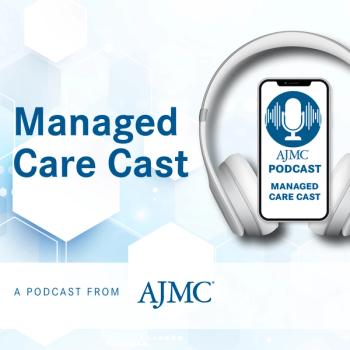
Contributor: Providers and Employers Need to Collaborate More to Avoid a Greater Crisis
It can be hard to think about the bigger picture while in the middle of a crisis, but providers and employers should use this opportunity to work together on new and alternative models of care delivery and financing that directly affect cost, outcomes, and experience.
Many hospitals and doctors are waking up to the silent crisis of 2022. After funding and weathering COVID-19–related slowdowns and staff shortages for the past 2 years, they now face
However, this time there isn’t any government money to help solve the problem. So, what is the government doing?
There has to be a better way.
Part of the problem fueling the provider predicament is how doctors and hospitals are paid. In health care, we don’t buy cures—we buy visits and procedures.
In the health care realm, if you go to the doctor with an odd rash, you will most likely receive a diagnosis and a prescription, but because this is all based on evidence and probabilities, the treatment may not work and you may need to return to the doctor’s office. You pay for each trip, and there are no guarantees or frequent buyer discounts.
We have been talking for years about alternatives such as pay for value and pay for performance, but most of the country is still operating in some form of pay-per-view arrangement. This is a likely reason behind the sudden renewed interest in
Traditional insurers, however, cannot be the ball carrier on this play; most of their profit is still based on avoiding procedures and redlining groups that spend too much. There needs to be a more direct collaboration among employers, doctors, and hospitals, or costs will continue to increase.
When they work together, they win.
A collaborative, direct relationship among employers, doctors, and hospitals
It can be hard to think about the bigger picture while in the middle of a crisis, but providers and employers should use this opportunity to work together on new and alternative models of care delivery and financing that directly affect cost, outcomes, and experience.
Here are some quick approaches that could help break up the logjam and avert a protracted health care crisis:
- Work with local employers to develop direct programs and contracts, thereby consolidating care, improving the health care experience, and preventing loss of services
- Find a collaborative health plan administrator, preferably one with experience working with providers, to help grow and administer the business
- Shift more fee-for-service contracts to value-based contracts and put desired increases in bonuses, so that if you save money, you earn money and increase alignment
If this newly designed system has a chance of success, it does require more energy and a willingness to engage with local businesses directly. However, the benefits are huge for patients, employees, and the health care system as a whole.
Newsletter
Stay ahead of policy, cost, and value—subscribe to AJMC for expert insights at the intersection of clinical care and health economics.







































